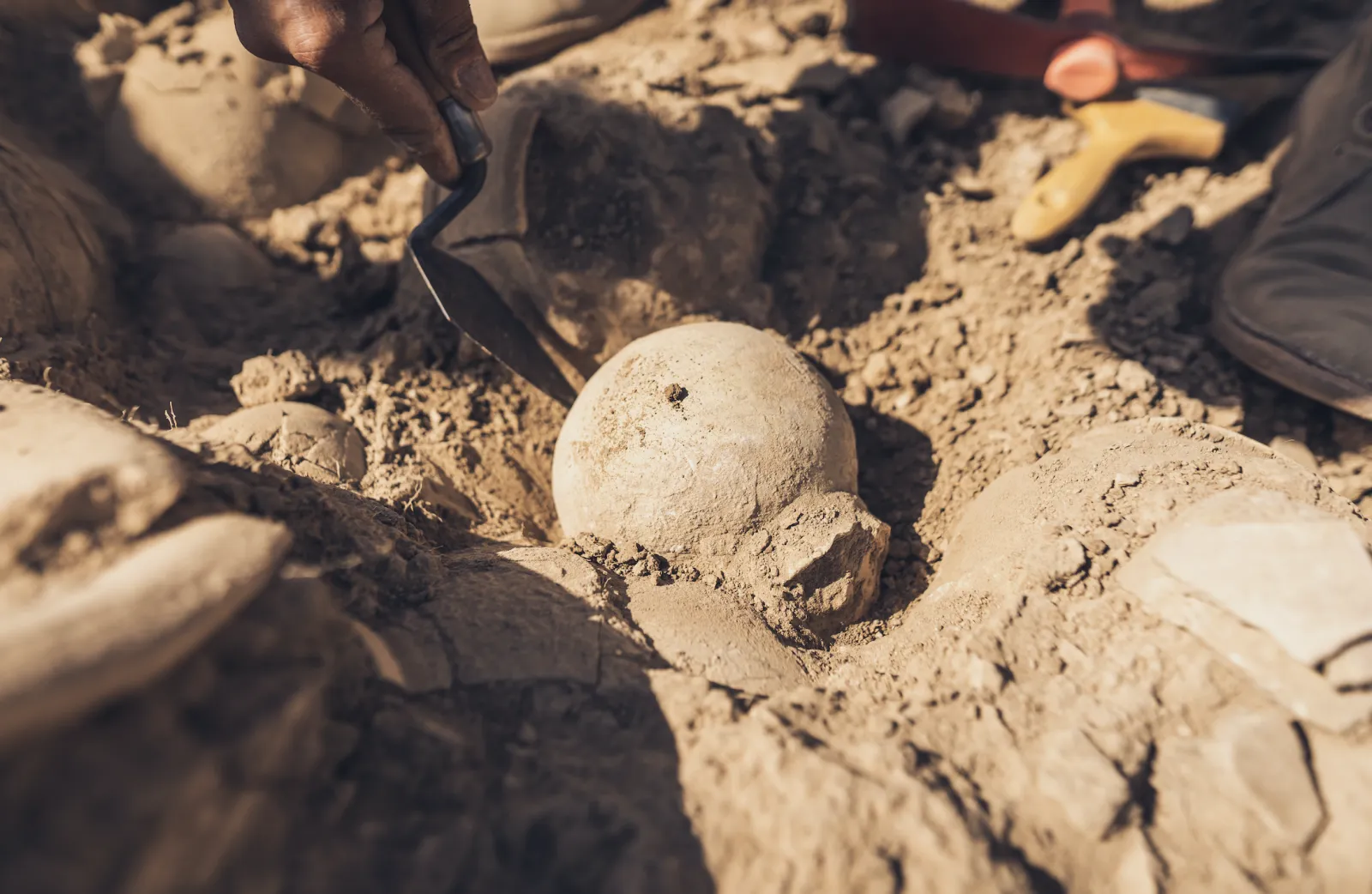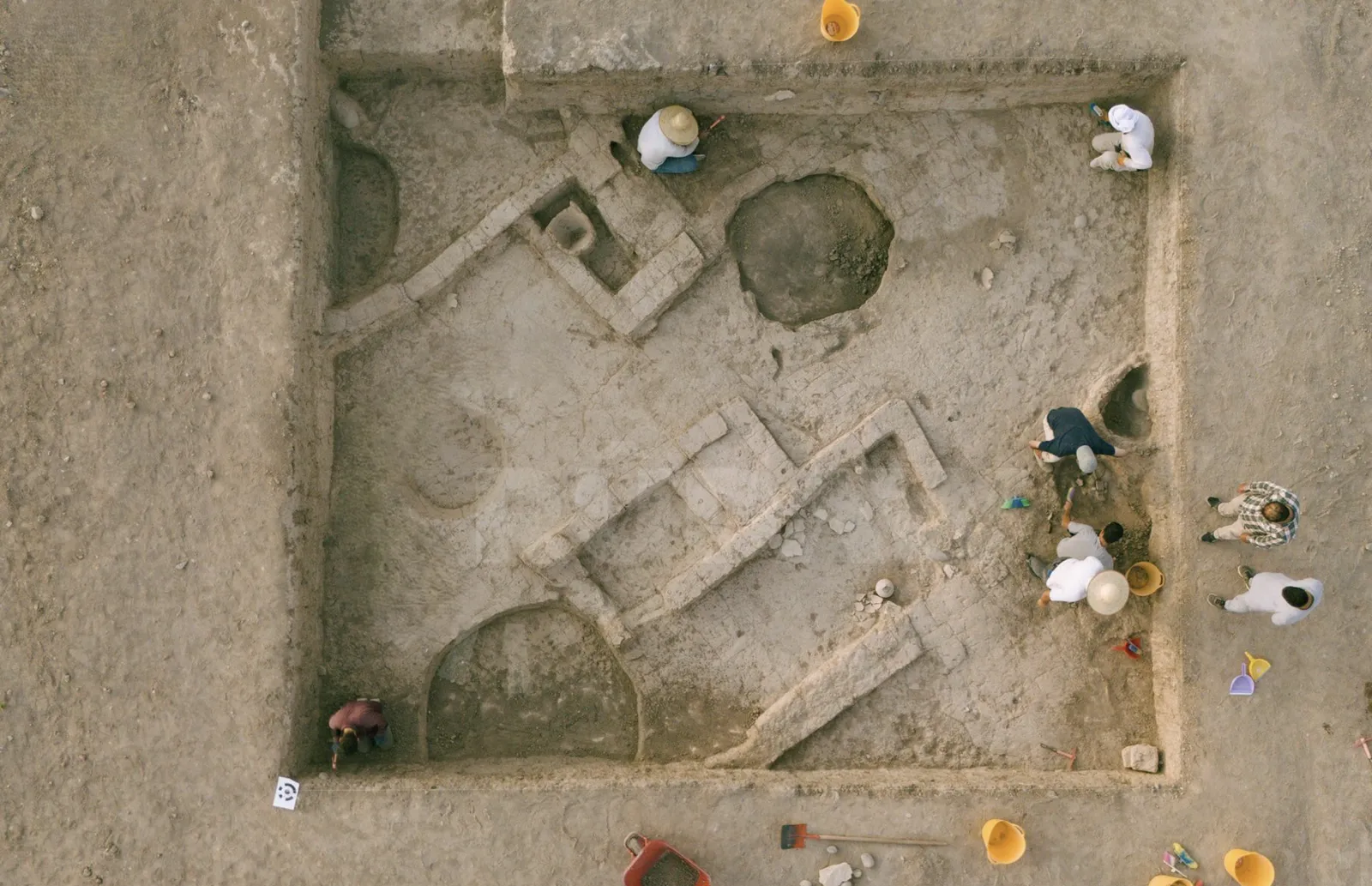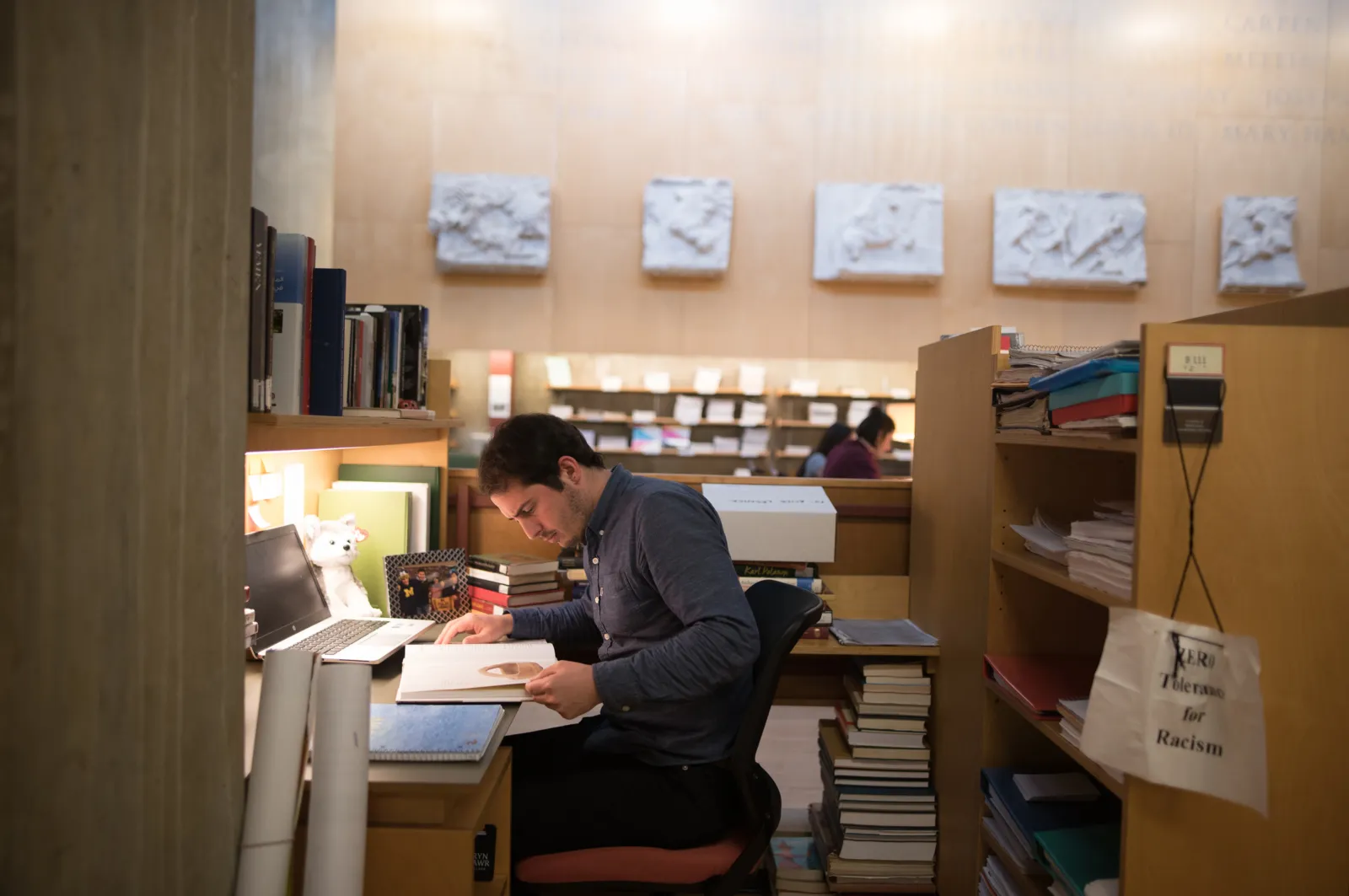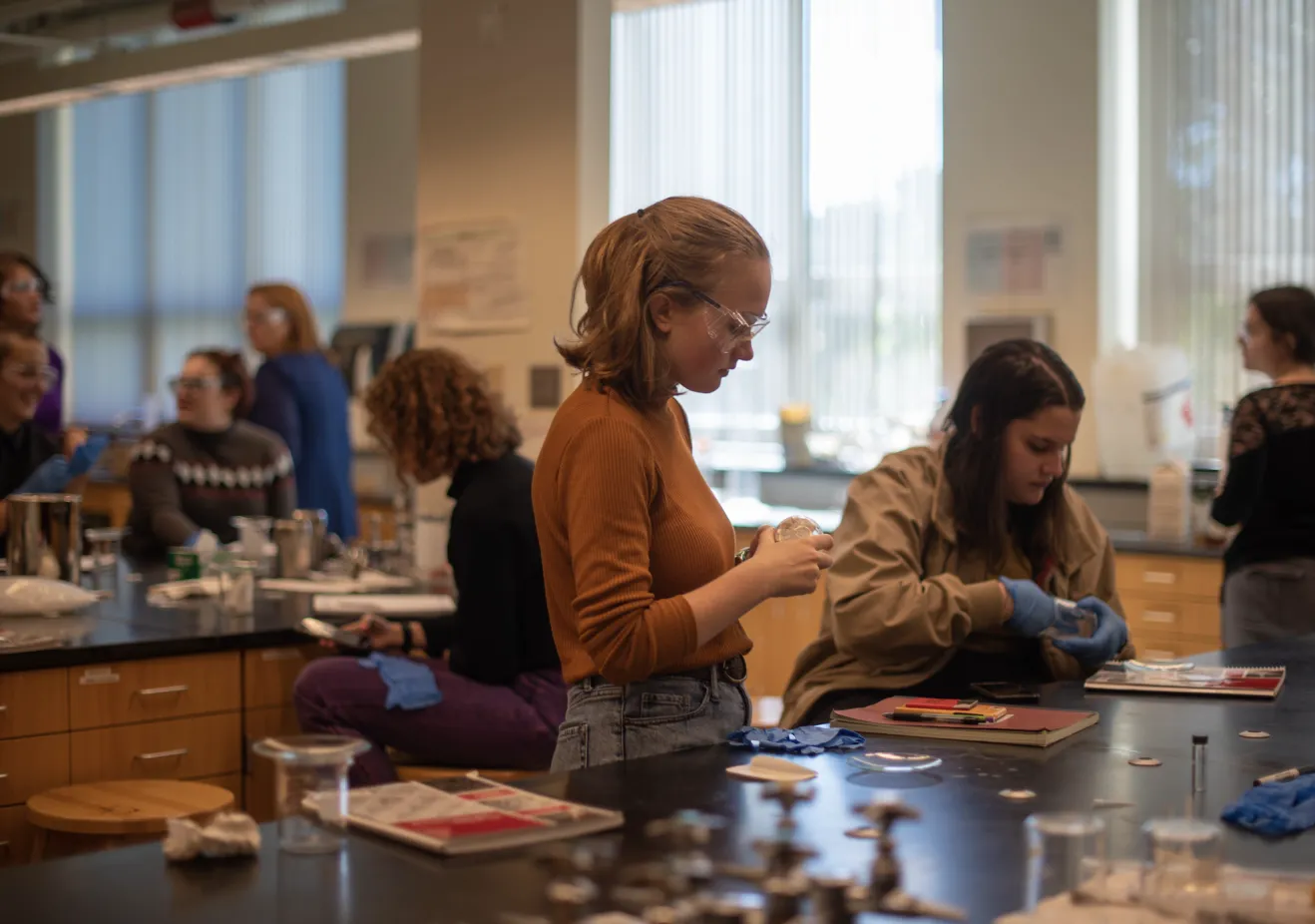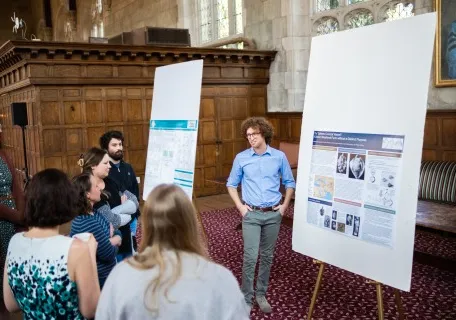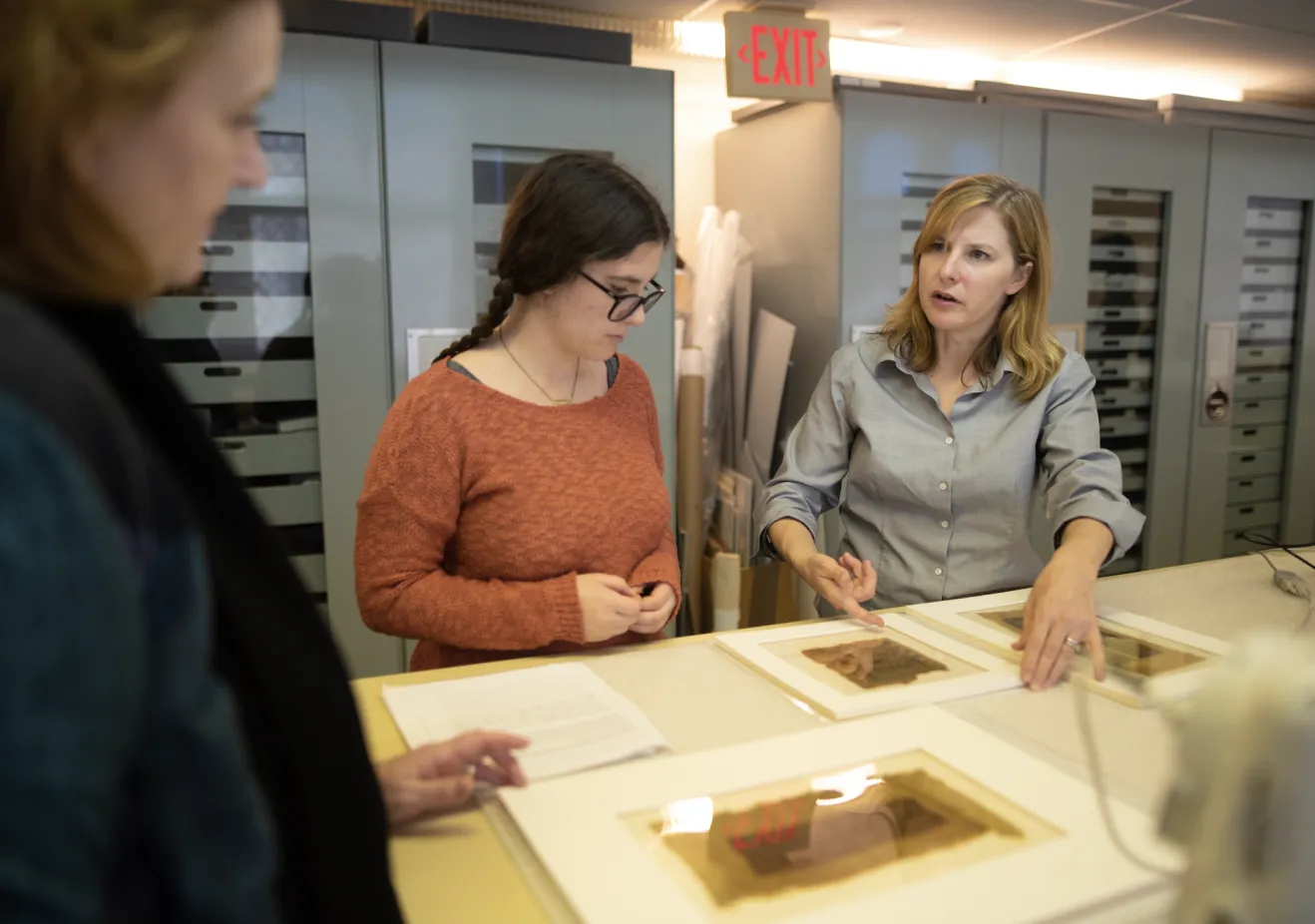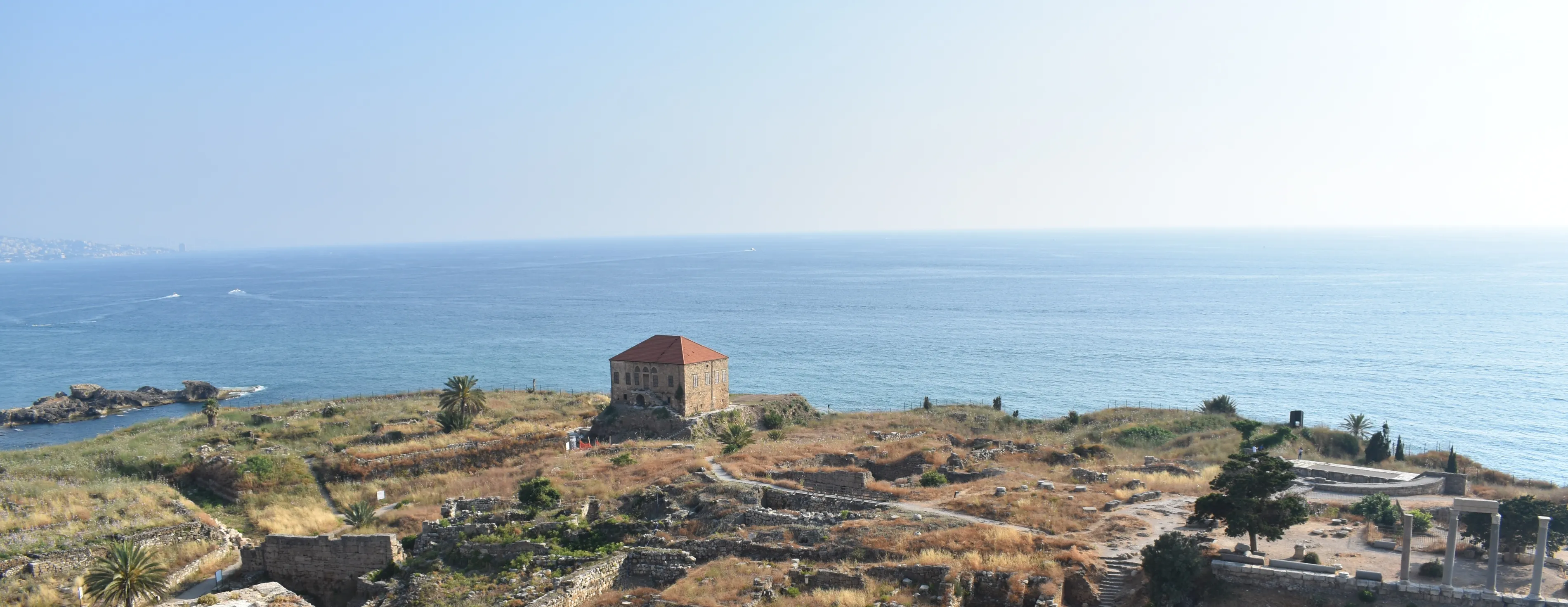
Ph.D. in Archaeology: Classical and Near Eastern
Bryn Mawr Archaeology Ph.D. Program’s Defining Features
The Department of Classical and Near Eastern Archaeology traces its origins to the founding of the College in 1885 and assumed its status as an independent department in 1914 with the appointment of Rhys Carpenter (1913-1955), after whom the award-winning art and archaeology library is named. Among comparable programs in North America, this department has a distinctive shape and strengths that are, in large part, products of the way it has grown in the past hundred and thirty years. Its most remarkable and distinctive features are its autonomy and its breadth.
The department is part of The Graduate Group in Archaeology, Classics and History of Art, which brings together faculty and students to encourage interdisciplinary study. While each department awards its own degrees, the Graduate Group creates a collaborative research environment and promotes a strong scholarly community among all of its graduate students.
Areas of Study in our Graduate Archaeology Program
The Department offers graduate students the opportunity to study the ancient cultures of the Mediterranean, Western and Central Asia and explore their interconnected histories. Students take a broad range of courses in their major and allied subjects, which may include ancient languages (Greek, Latin, Sumerian, Akkadian), art history, urban studies, ancient history, anthropology, or archaeological sciences related to their program. Graduate instruction takes the form of seminars and tutorial units of supervised study. The graduate curriculum offers a rigorous, research-focused path for students passionate about the ancient world and has prepared students for successful careers in a variety of fields, including teaching, research, publishing, and work in museums and foundations.
Resources and Opportunities for our Archaeology Ph.D. Students
The Rhys Carpenter Library is named for the renowned classical archaeologist who taught at Bryn Mawr from 1913 through 1955. It houses approximately 125,000 volumes and 500 periodical titles supporting research in archaeology, history of art, classics, and urban studies. It also houses a plaster cast collection of ancient Greek sculpture and reliefs. Additional materials and collections, such as rare books and manuscripts, are held in Canaday Library, the main library of the College.
The Ella Riegel Memorial Study Collection holds an excellent and diverse teaching collection of material in many media that permits students to work first-hand with objects such as coins, Near Eastern seals, Greek and Roman pottery and ceramics from much of the Mediterranean area, including collections from excavated sites. The archaeological collection, built steadily since the nineteenth century, attracts research scholars in archaeology from around the world.
Our weekly Archaeology lecture series allows students to hear prominent speakers discuss their current research projects and to engage with them in an informal atmosphere. Students are encouraged to take part in fieldwork projects sponsored by the College and by other institutions, as well as to undertake research abroad. Additionally, the archaeology graduate students annually organize the C. Densmore Curtis Lecture, selecting a speaker to give a public lecture and hold a seminar for the students.
